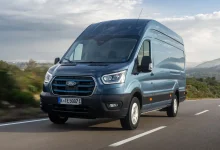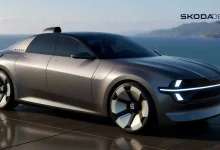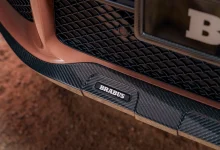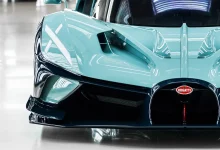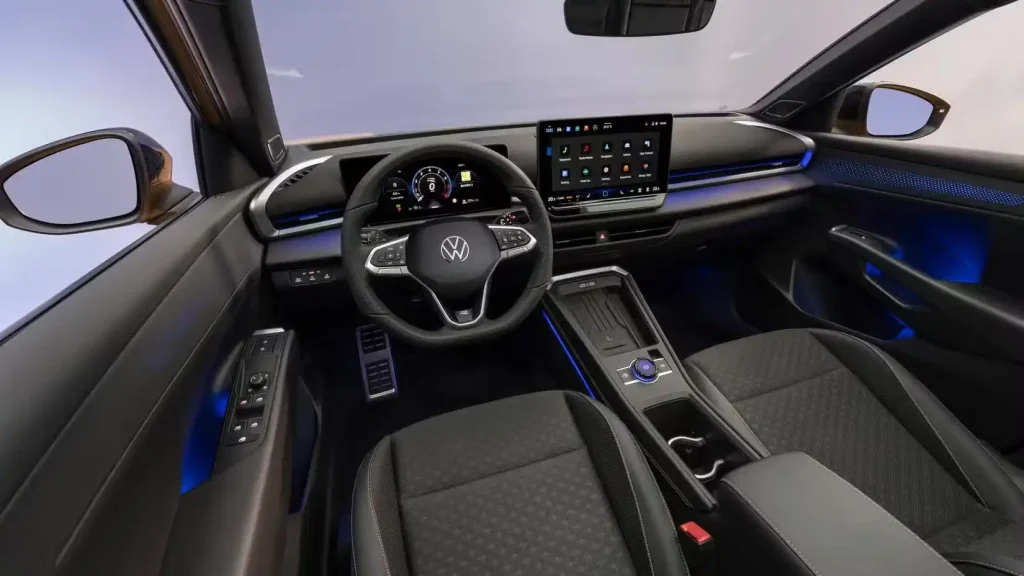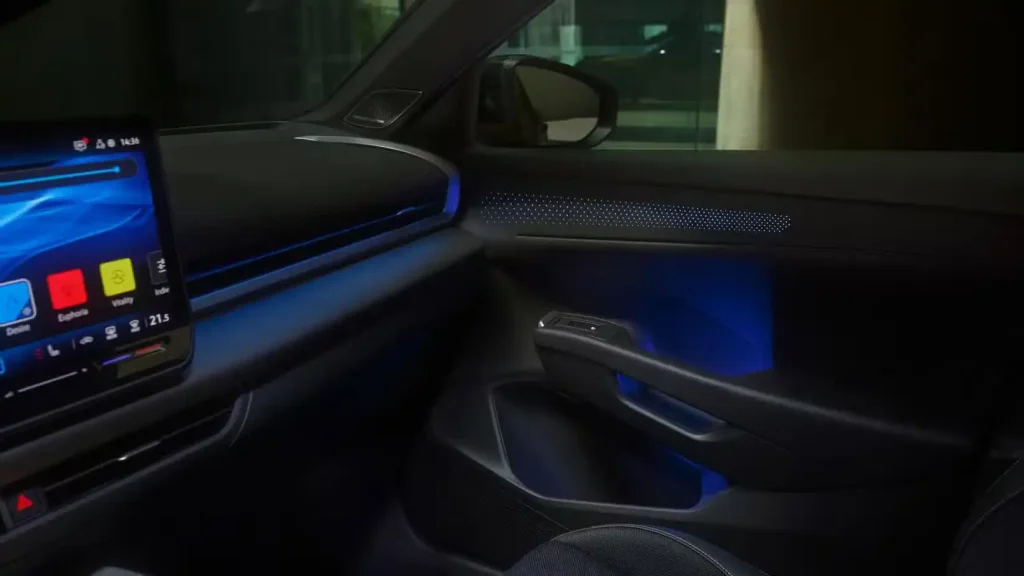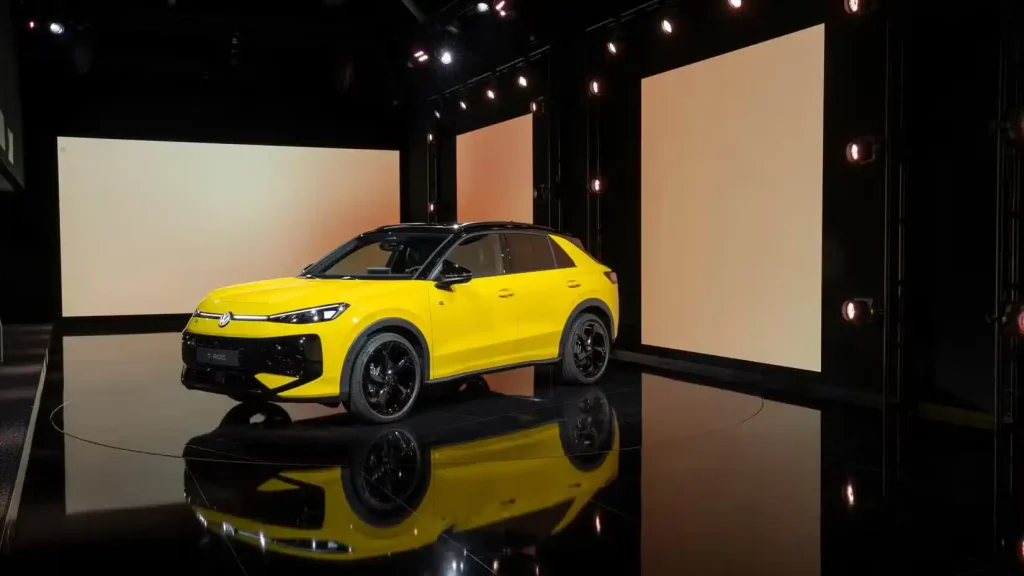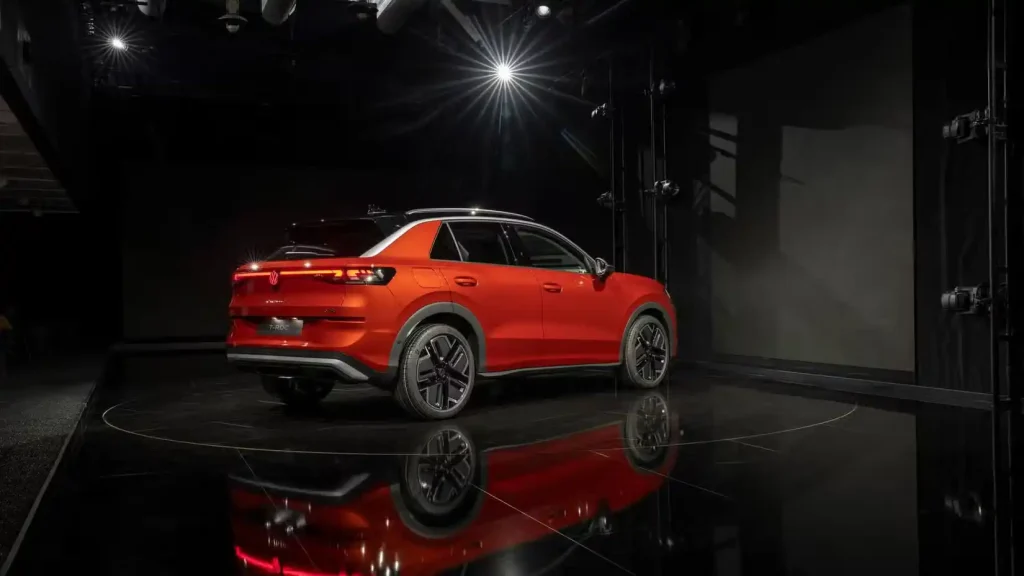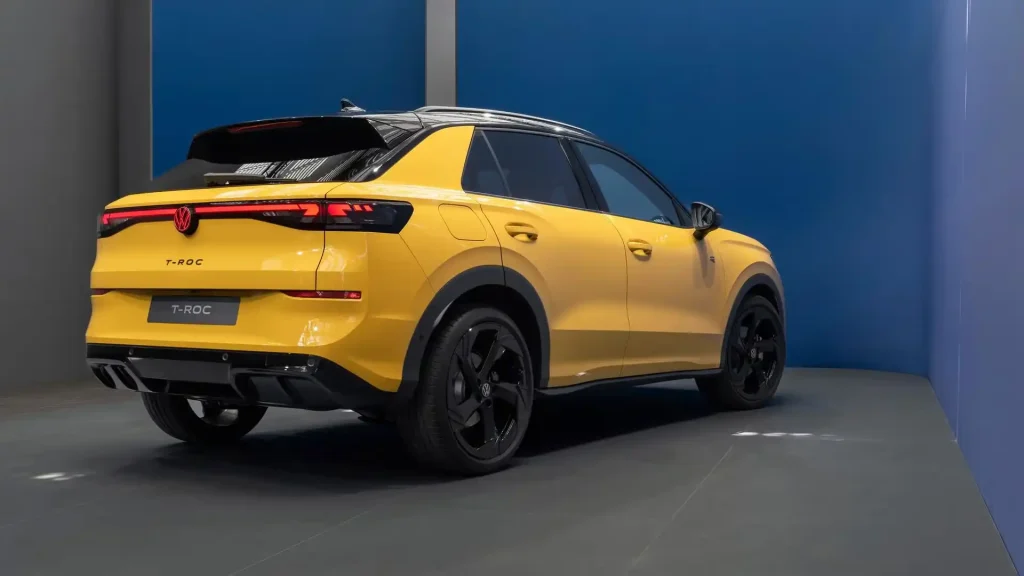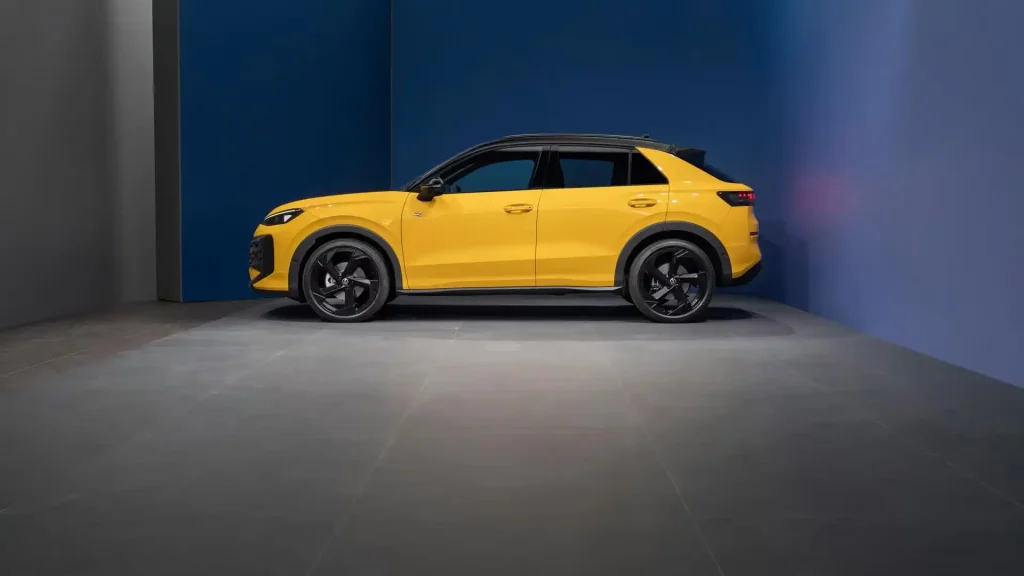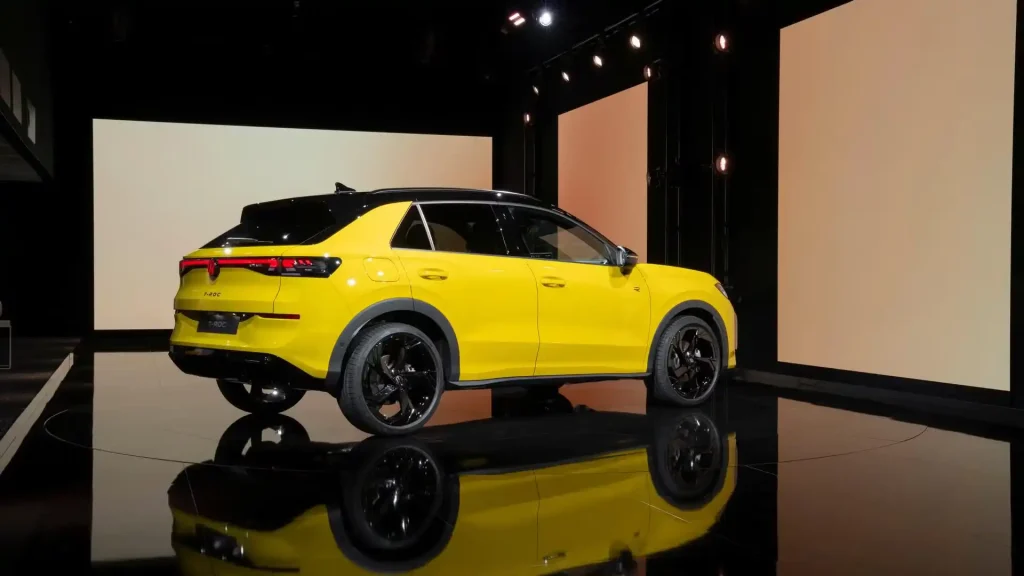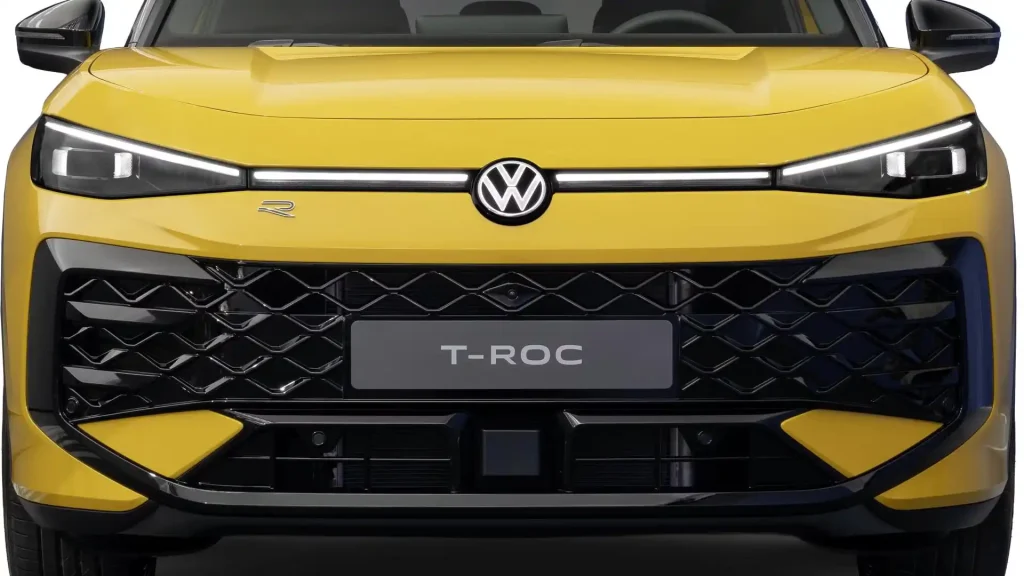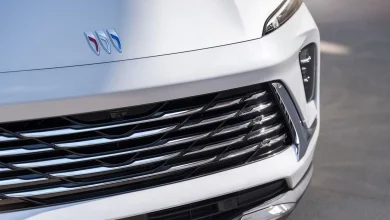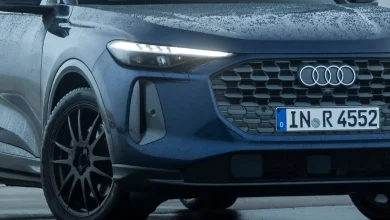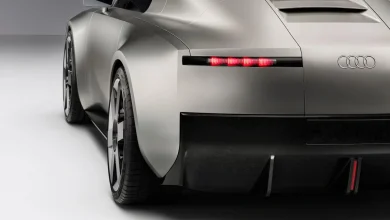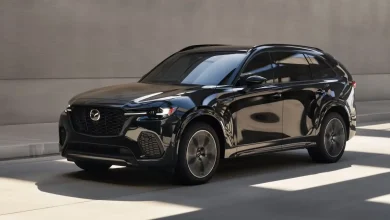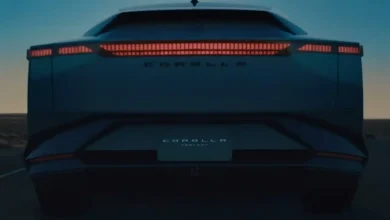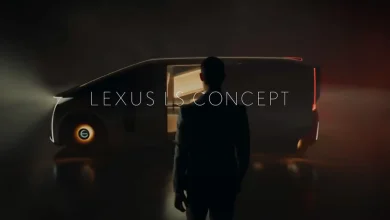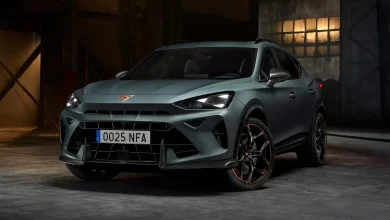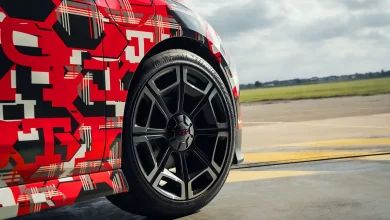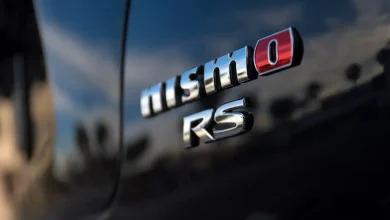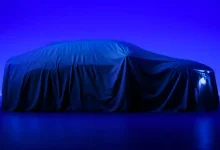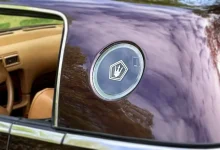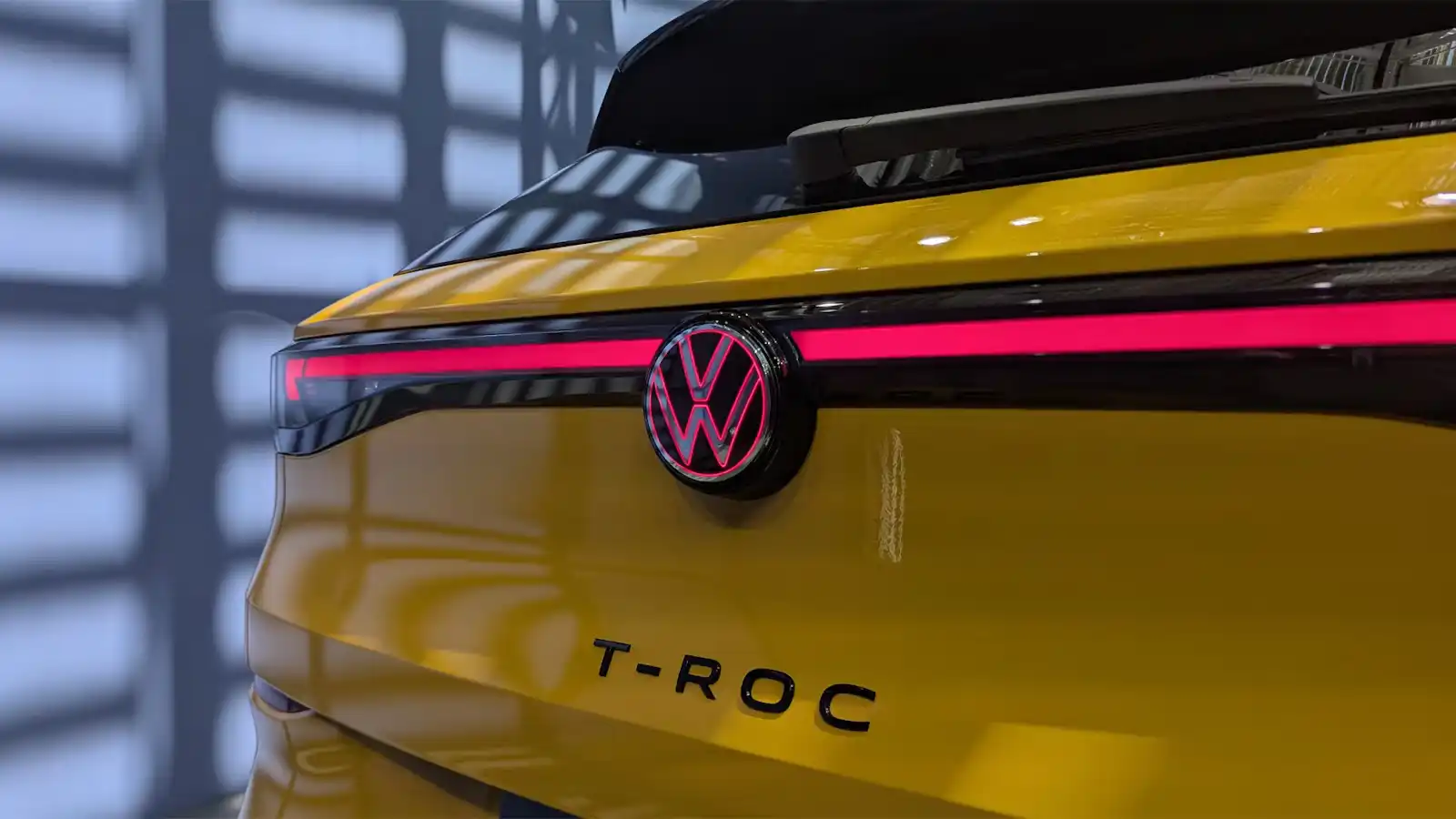
Volkswagen has unveiled the latest generation of one of its most intriguing yet hard-to-get models. The all-new T-Roc, VW subcompact and delightfully quirky crossover, receives a stylish update inspired by the Taos. Alongside its refreshed looks, it features new drivetrain options, upgraded driver-assist technologies, and what VW calls improved overall quality. The automaker also notes that the T-Roc is now “more consumer-oriented”—which naturally makes us wonder who the previous generation was really aimed at.
You can tell Volkswagen is genuinely excited about this new model—it even throws in an exclamation point. That’s notable, since VW (and most other German automakers) rarely use them—except, of course, for the Up!
Style and Tech Upgrades in the Latest T-Roc
On the outside, the new VW T-Roc fits the mold of a modern small crossover. It features wide rear arches, sleek LED light bars at the front and rear, and a tall, open grille that almost looks like it’s swallowing the front license plate. Its front and rear styling echoes the Taos and Tiguan—just in a slightly more compact package.
Similarly, the interior takes clear cues from the Tiguan (and Taos). Like its bigger sibling, the new VW T-Roc has done away with the hood over the digital dash display. A large central touchscreen dominates the dashboard, with most controls now handled via on-screen haptic buttons rather than physical ones. Ambient lighting along the door panels adds a touch of sophistication, especially in higher-spec models, giving the cabin a noticeably more upscale feel than before.
At least the steering wheel still features real buttons, and each of the four power windows has its own dedicated control. Volkswagen has also added a head-up display, while the center console houses an illuminated dial that lets drivers adjust the volume or switch between drive modes.
The new VW T-Roc has grown longer than its predecessor, with Volkswagen adding 4.7 inches to the overall length. The extra space means even six-foot passengers should be comfortable in both the front and rear seats. Front-seat occupants can also enjoy 14-way adjustable seats with a massage function—a first for VW in this segment.
Advanced Driver Assists From the Tiguan
Built on Volkswagen’s MQB Evo platform like the Tiguan, the new T-Roc gains an upgraded version of VW Travel Assist suite, now with automatic lane changes and faster reaction times. It also offers the brand’s automated parking system, allowing drivers to park and unpark the vehicle using a smartphone.
Every new VW T-Roc will feature some form of electrification, though at launch this means 48V mild-hybrid systems. These include a belt-driven starter-generator, providing enhanced stop-start functionality rather than full electric driving. True hybrid variants are on the way, but Volkswagen hasn’t revealed details yet. Initially, buyers can choose between two 1.5-liter four-cylinder engines—one producing 114 horsepower, the other 148 hp. A 2.0-liter 4Motion all-wheel-drive version and an f model are also planned. All mild-hybrid variants come paired with a seven-speed dual-clutch transmission.
Making the VW T-Roc more “consumer-oriented” also means fewer options. There will be just three trim levels and six color choices. That likely signals the end of the quirky—and much-loved—T-Roc Cabrio convertible, or at least that a replacement hasn’t been announced. It will certainly be missed.
Volkswagen reports that nearly 300,000 new T-Rocs were sold in Europe last year, with total sales surpassing two million since 2017. That makes it the brand’s second-best-selling crossover after the Tiguan. In many ways, it’s also the vehicle quietly replacing the Golf in the hearts of buyers in today’s crossover-obsessed market. However, there are no plans to bring the VW T-Roc to the U.S., meaning American buyers will have to make do with the recently updated Taos.
